BLACK HAT Techniques in SEO that can Really Dump your Website
What is Black Hat in SEO?
Black hat is basically derived from a famous movie where the ‘Bad Guy’ is named as ‘Black Hat’ whereas the ‘Good Guy’ was named ‘White Hat’. Black hat refers to the use of deceptive and spamming techniques in order to rank a website on the top of the SERP. This can really damage your website by getting de-indexed in search engine databases.

As more and more users demand for highly relevant and quick information when searching online, Google continues to change and update its search algorithms for the best possible result which can further enhance the user experience.
Thus if SEO is done in a genuine and correct way, only then it can yield some positive results. One must stay away from illegal and unethical ‘Black Hat’ SEO Techniques and use only the lawful ‘White Hat’ SEO techniques for a better ranking in a long run.
Below are some of the Black Hat SEO Techniques that a digital marketer must know to safeguard their website:
- Content Plagiarism/ Duplicasy
- Keyword Stuffing
- Hidden Text
- Link Farming
- Unnecessary redirects
- Cloaking
Lets know more about these unlawful techniques in detail
- Content Plagiarism/ Duplicasy
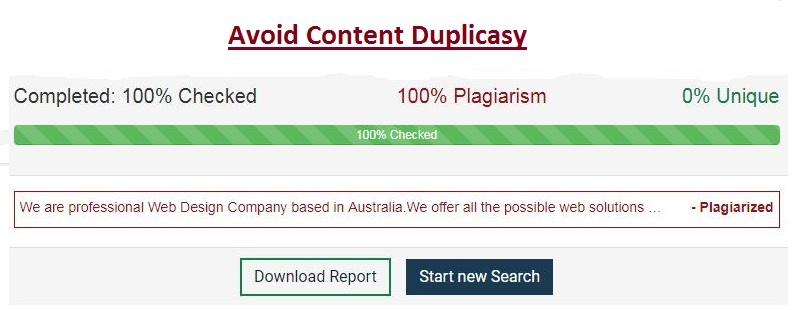
Copying content from another website which is also called duplicate content is considered as one of the biggest black hat technique. Google disapproves this technique as it deploys regular and newer updates in its algorithm to take care that none of the website is using duplicate content. A unique content only gets indexed once in search engines. If the website uses duplicate content then the algorithms will automatically de-index the website in the spam-box. Therefore, the focus of the websites must be on writing fresh, new and unique content for a better engagement of the users.
2. Keyword Stuffing
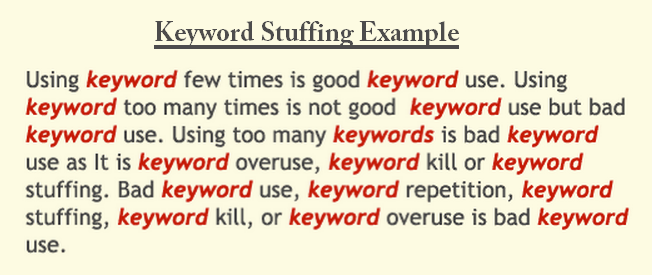
This techniques worked many years back and was considered popular. Keyword stuffing means unnecessarily overusing the keywords, important words or phrases repeatedly in content. This can really very annoying and can harm both the user experience as well as can make your website getting spammed.
3. Hidden Text
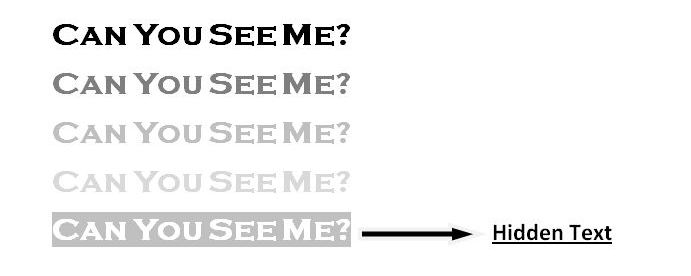
The Highlighted Sentence is HIDDEN
Hidden texts are the texts that are not visible to the user or the visitor. It looks just like the white text on a white background that makes it easy to stuff extra keywords on your site.
We as humans cannot track the same colored text on same colored background, but Google’s crawlers can. Bots/crawlers is an automated system that scans your source code in the back-end of the website to trace such errors. If Google finds such malpractice on your website, then you will be penalized for it. Hence it is better to ensure that your website is ‘hidden text’ free.
4. Link Farming (Reciprocal Links or Link Exchanges)
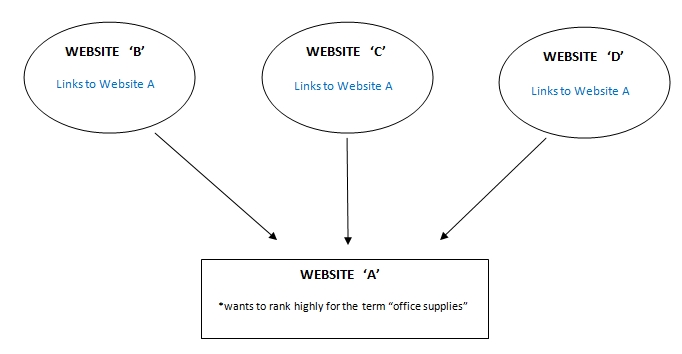
There are large numbers of site or a group of sites that serve the purpose of increasing the link popularity of another website through the link exchanges. This practice is commonly called Link farming.
In this practice, the website will have numerous hyperlinks and anchor texts that are basically irrelevant. Google does not prefer unrelated links, linking to a website. By following this practice, your website will most likely be rooted out and penalized. Hence one must not get involved in Link Farming as it can definitely ruin the user experience thereby hurting your rankings.
5. Unnecessary Re-directs
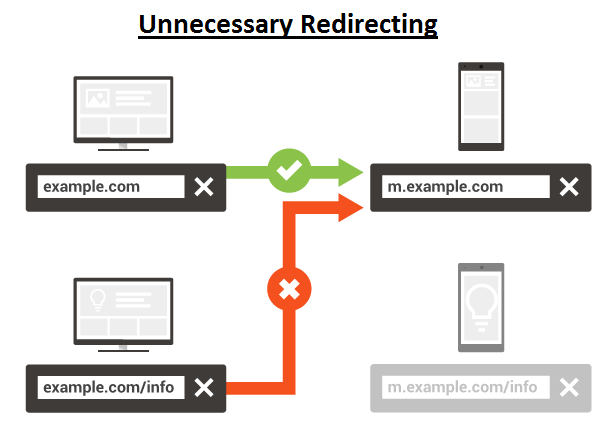
Unnecessary redirecting can be a bit irritating for a visitor visiting your website. In this situation, a website automatically gets redirected to another website that is either irrelevant or useless.
Google bots get to know the URLs of such re-directs and according sends the websites to spam box. This technique was prevalent long time ago. But now this has been completely banned. A website can only use these redirects:
- 301 Permanent Re-direct.
- 302 Temporary Re-direct
6. Cloaking

Cloaking is most widely used and is a popular Black hat technique. Cloaking is the practice of mis-leading the Search Engine by showing different content to Google and taking your websites visitors to a different web page, after having clicked the search engine link.
For example
Your website makes Google think that you are directing visitors to a live football match update site. But your website is actually publishing information about sales on Men and Women’s apparels and accessories.
Google uses its search algorithms to locate such fraud and mis-leading activities, and if detected, such websites are subjected to penalty.

